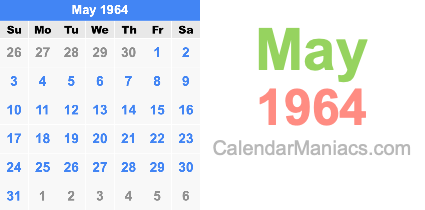
When you buy a 50+ year old Corvair, you inherit all of the sins of the previous owners, mechanics, etc. Work on the old Corvair is not only a procedure and maintenance learning process, but it is something of detective work as you explore to see what's what!
One of the things to put on your "TO DO" list is a thorough brake inspection, to include flushing out all of the old brake fluid and replacing it with fresh DOT3 brake fluid. Bleeding all of the air out of the lines is a part of this process.
Brake fluid is hygroscopic, which means it absorbs water from the air over time. Brake fluid that has absorbed excess water can cause corrosion and damage in the steel brake lines and inside the master cylinder and wheel cylinders. When you inspect your brakes, some of the wheel cylinders may show signs of damage on the inside cylinder walls. You may choose to hone the wall with a special tool and rebuild the cylinders, or you may decide to simply replace each wheel cylinder. As a part of a thorough brake system cleaning, overhaul, inspection and reconditioning, you my consider an upgrade of the master cylinder from the original design to a dual master cylinder design (which was mandated by the Federal Government as a safety enhancement). Dual master cylinders became standard equipment in 1967 and later Corvairs. 1962-1966 Corvairs can be upgraded to a dual master cylinder. The upgrade requires some brake system plumbing modifications around the master cylinder in the trunk and under the dashboard area to divide the front and rear brakes into separate subsystems — each of which gets connected to one-half of the new dual master cylinder.


bbodie52 wrote:The brake system in your aging Corvair needs to be monitored. The condition of the aging seals in the master cylinder and wheel cylinders is certainly questionable. All should be inspected regularly. The flexible brake hoses also should be monitored, as they can swell on the inside and restrict brake fluid flow. Of course the drums and brake components should be inspected and repaired, as needed, and the brake fluid should be flushed and replaced every few years. (Brake fluid is hygroscopic and absorbs moisture from the air over time. Excess water build-up in the fluid can rust steel brake lines and cause corrosive damage to the internal wheel and master cylinders. Moisture in the brake fluid will also lower the boiling point, which can result in early brake fade as the brakes get hot).
The parking brake assembly is also critically important — not only as an emergency brake but because the Powerglide-equipped Corvair has no PARK position to lock the transmission when you park the vehicle. You must rely completely on the parking brake system to secure the vehicle when it is parked. The front and rear cables and the pulleys should be inspected periodically and lubricated as needed. A frayed cable can separate without warning and possibly leave your Corvair rolling down a hill or driveway if it snaps.
CLARK'S CORVAIR PARTS (Page 150) wrote:Brake Line Warning
Replace those brake lines, especially if your car or FC has the original brake lines; DO NOT WAIT! Replace them even if they look perfect on the outside. The reason, brake fluid attracts water (even today's car manufacturers suggest bleeding the system every 2 years!) If the water stays in one area of a line for too long, it can easily rust from the inside. Don't put yourself, your passengers or your classic vehicle at risk.
Wheel Cylinder/Brake Hose Installation Warning for all Cars & FC's
If you are replacing a wheel cylinder, you must remove the brake hose from the body. If you leave the hose attached to the body and just spin on the wheel cylinder, you risk the hose being twisted while tightening. This may force the hose against the tire rim or suspension.
Brakes with Larry Claypool — a training video for your viewing pleasure...Corvair Society of America wrote:In this video, Larry Claypool dives into the drum brake system: differences between years, proper adjustment, common mistakes to avoid, and other tips. Larry visits with Scott Bethke of Brake Materials and Parts to review the importance of the right materials and proper fitment of the shoes to the drums.


 1966 Corvair Corsa Convertible
1966 Corvair Corsa Convertible


